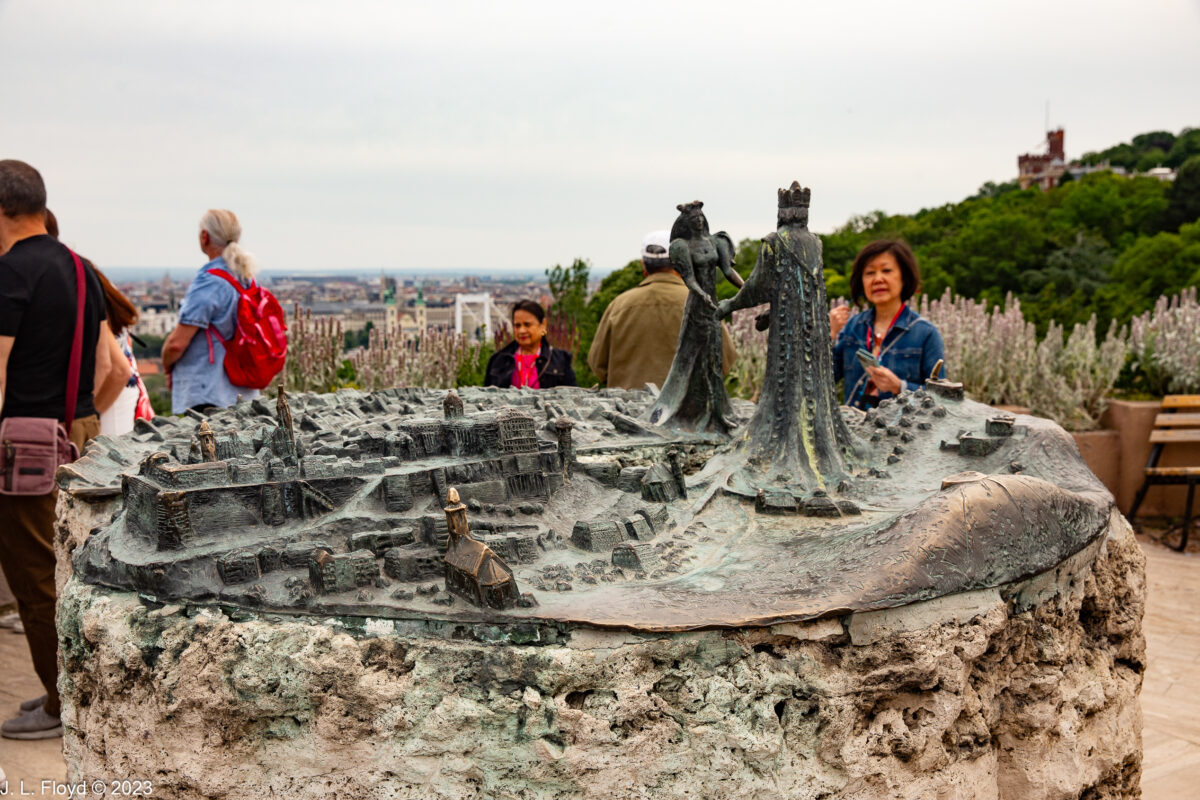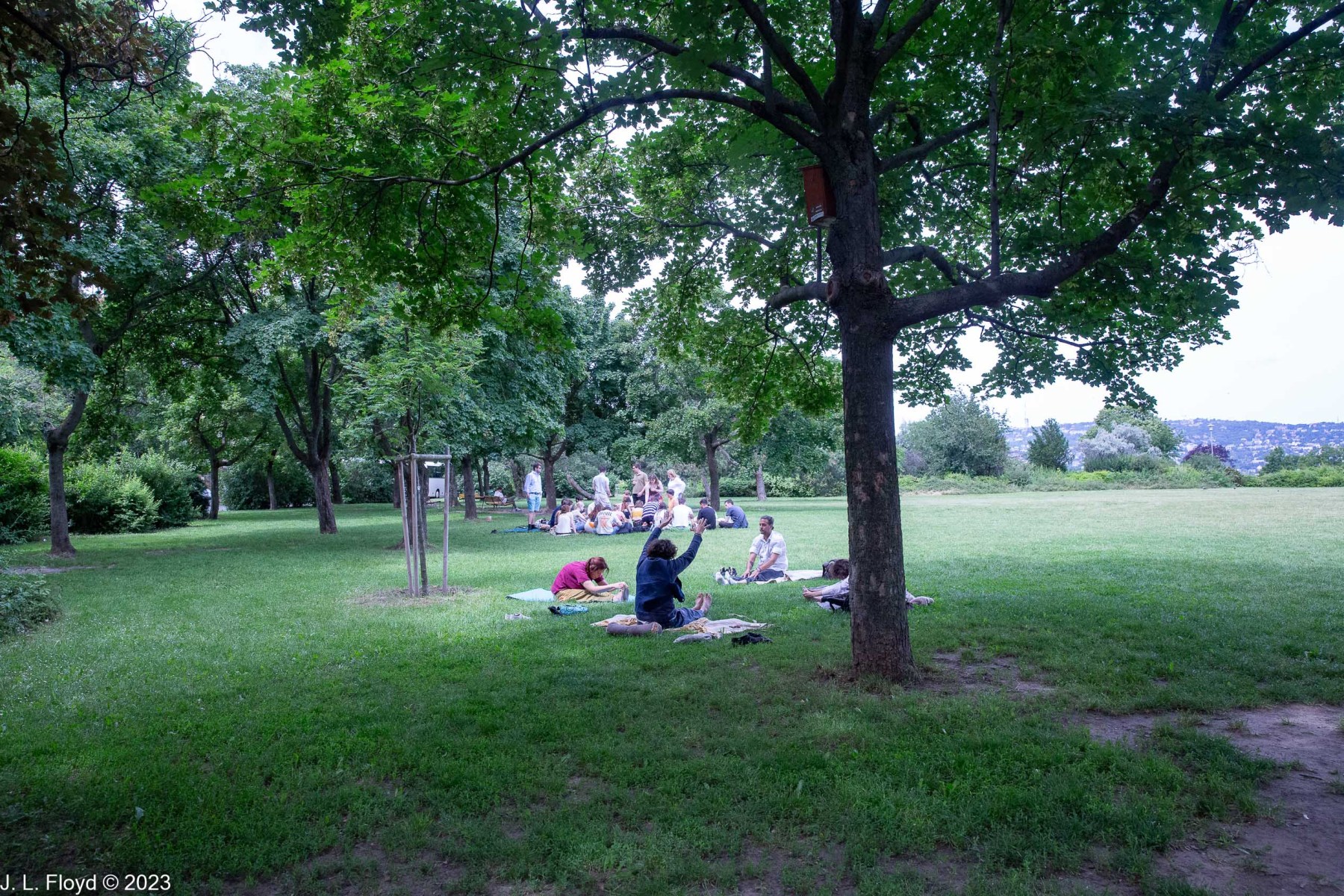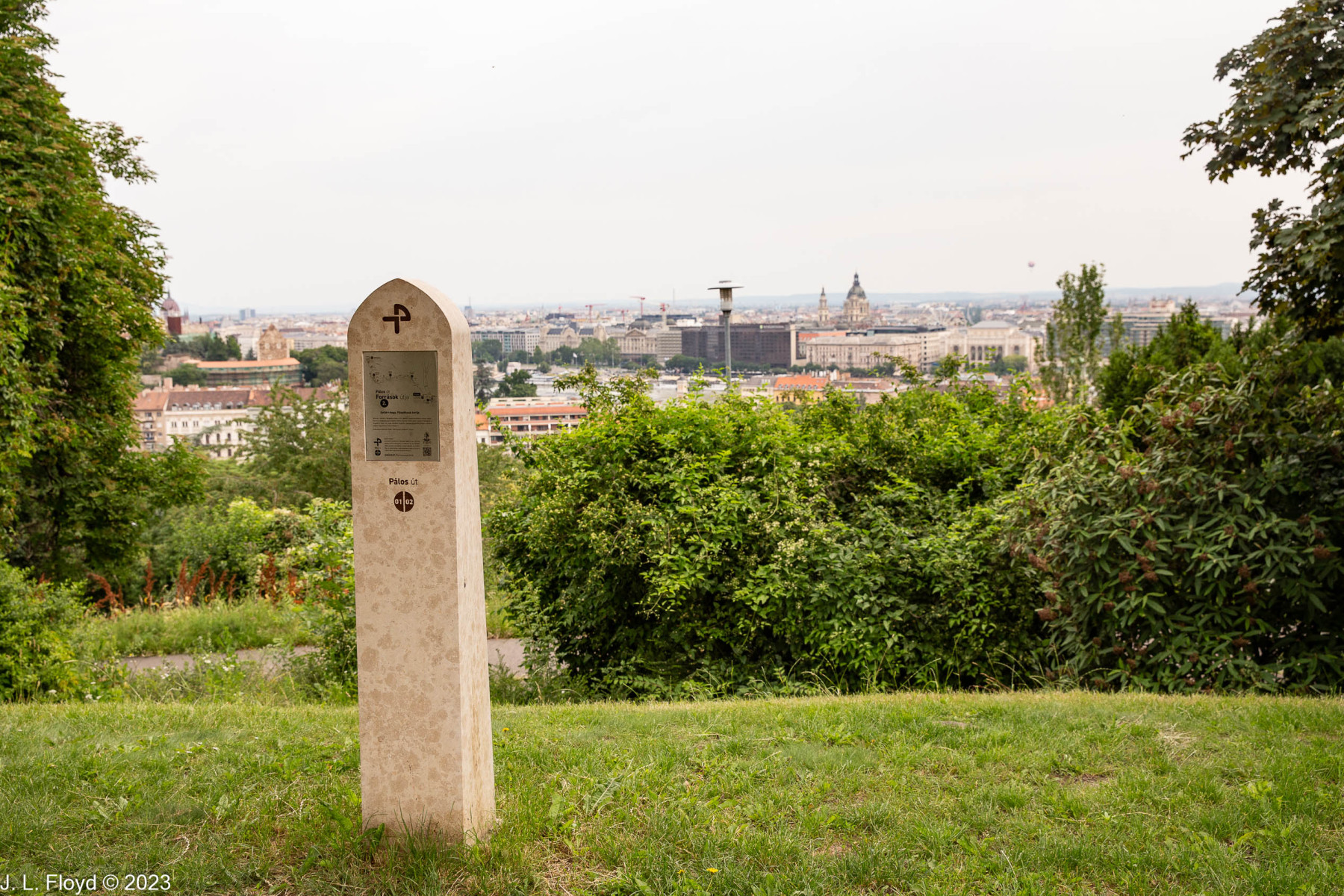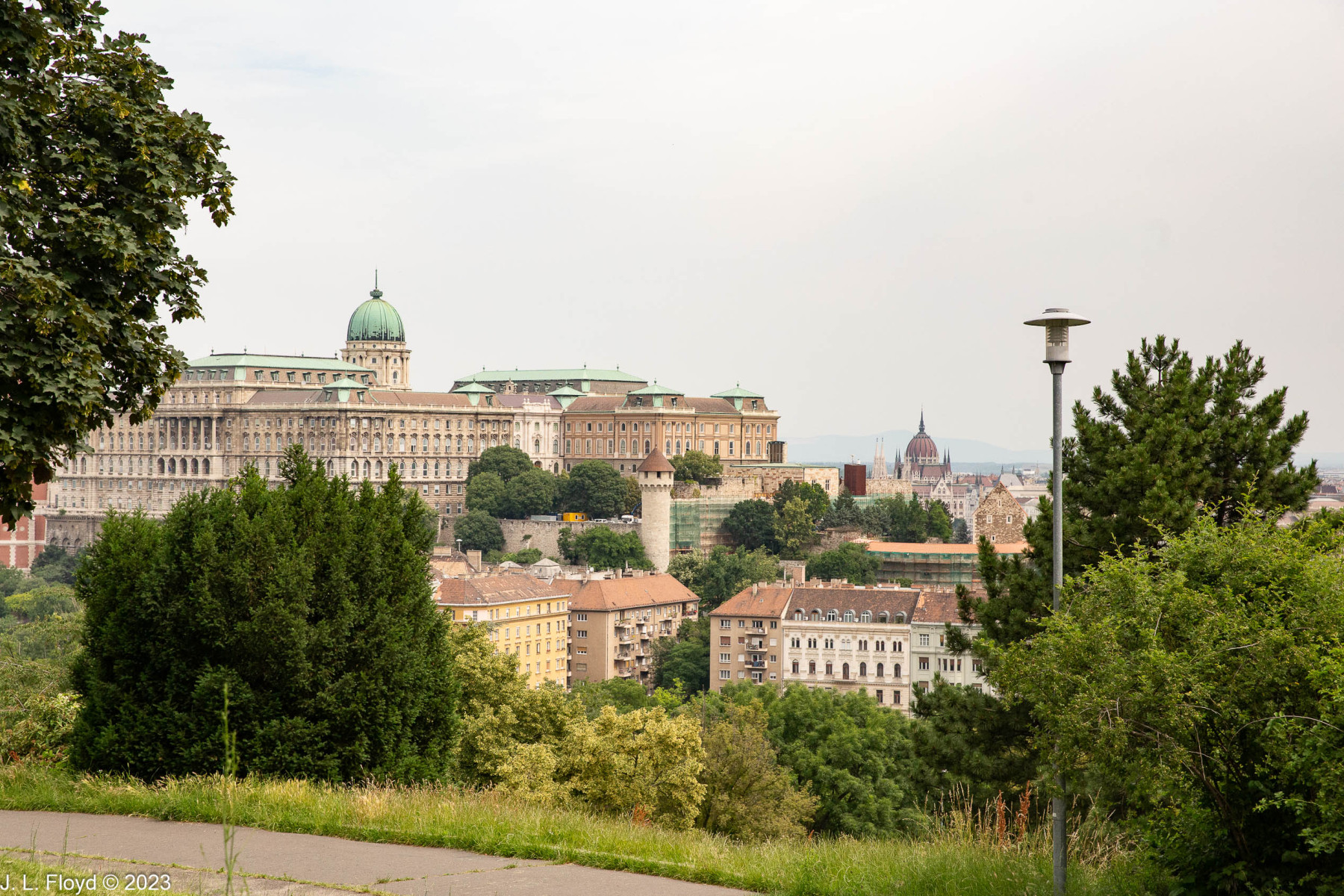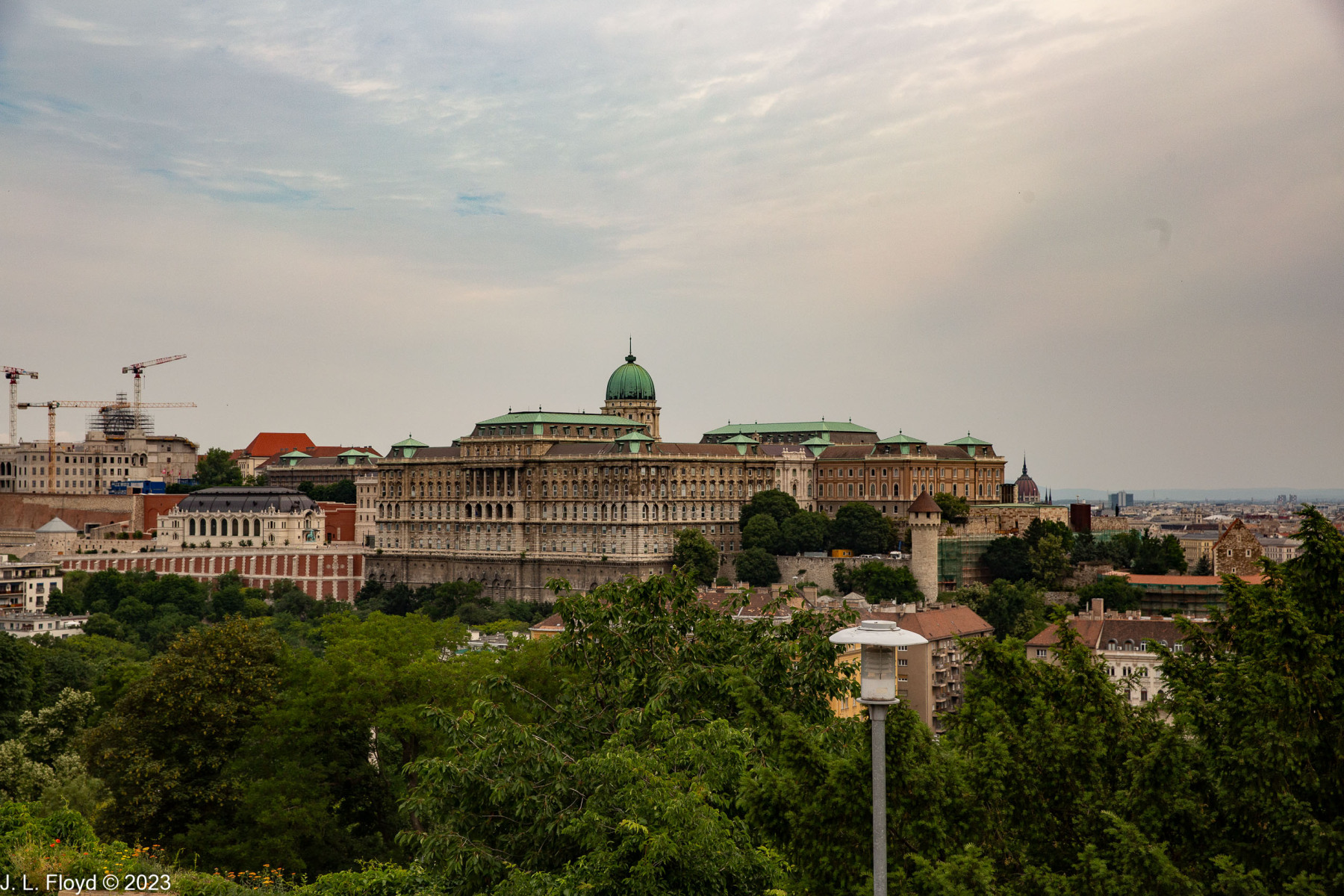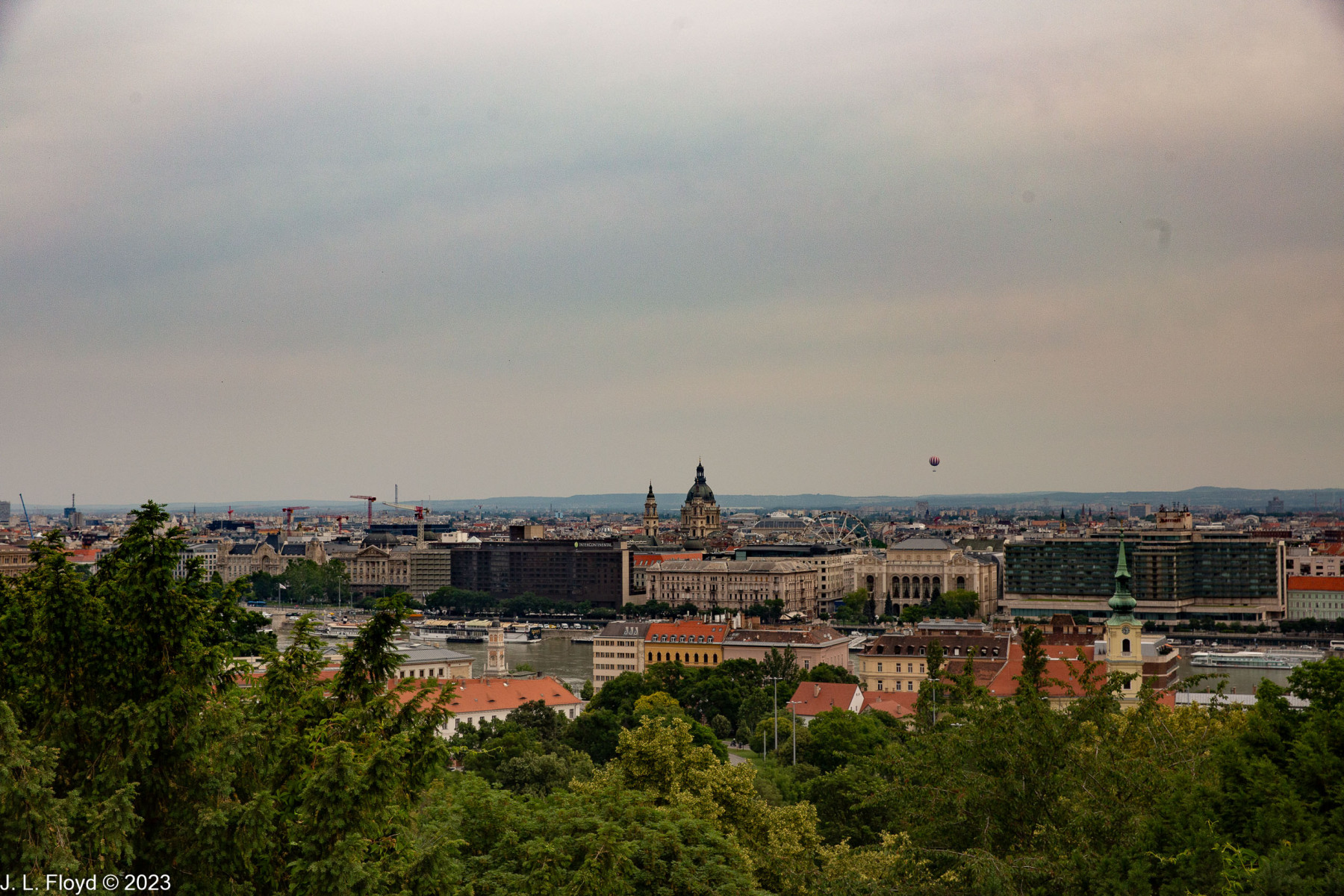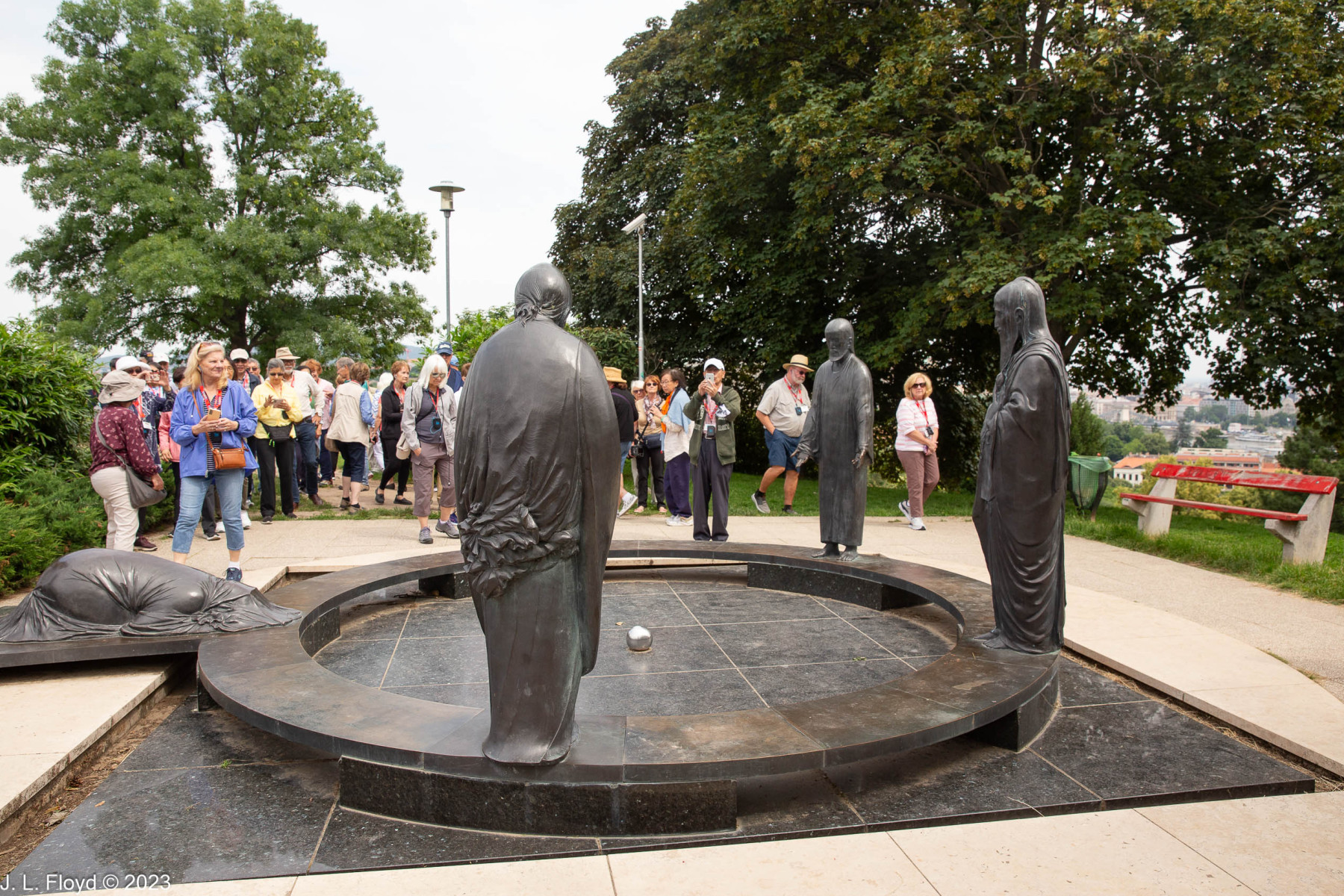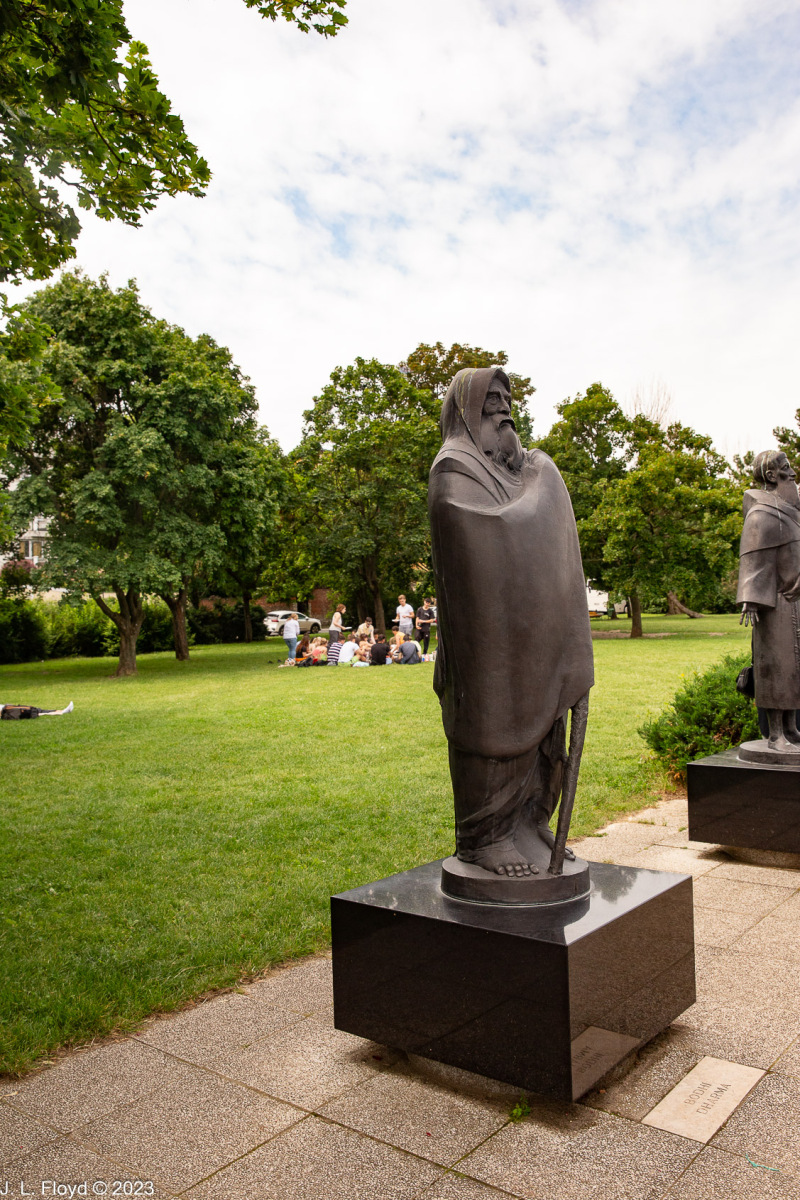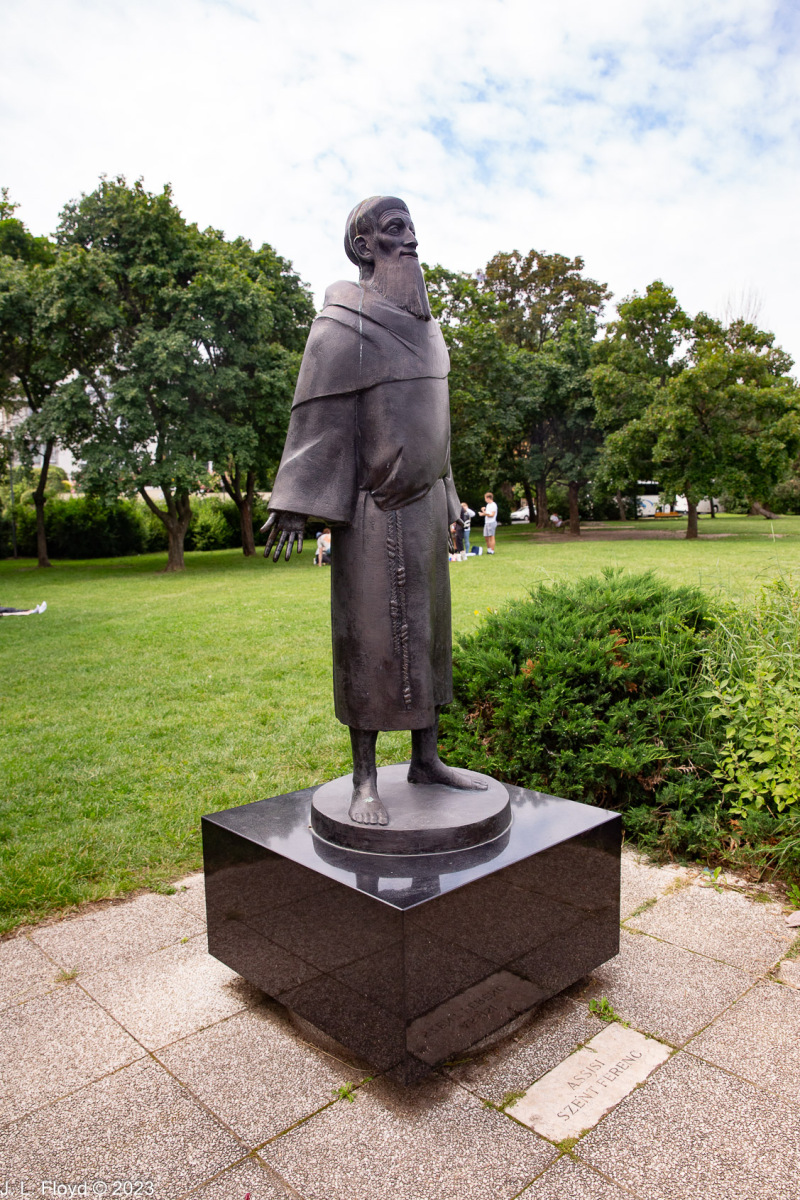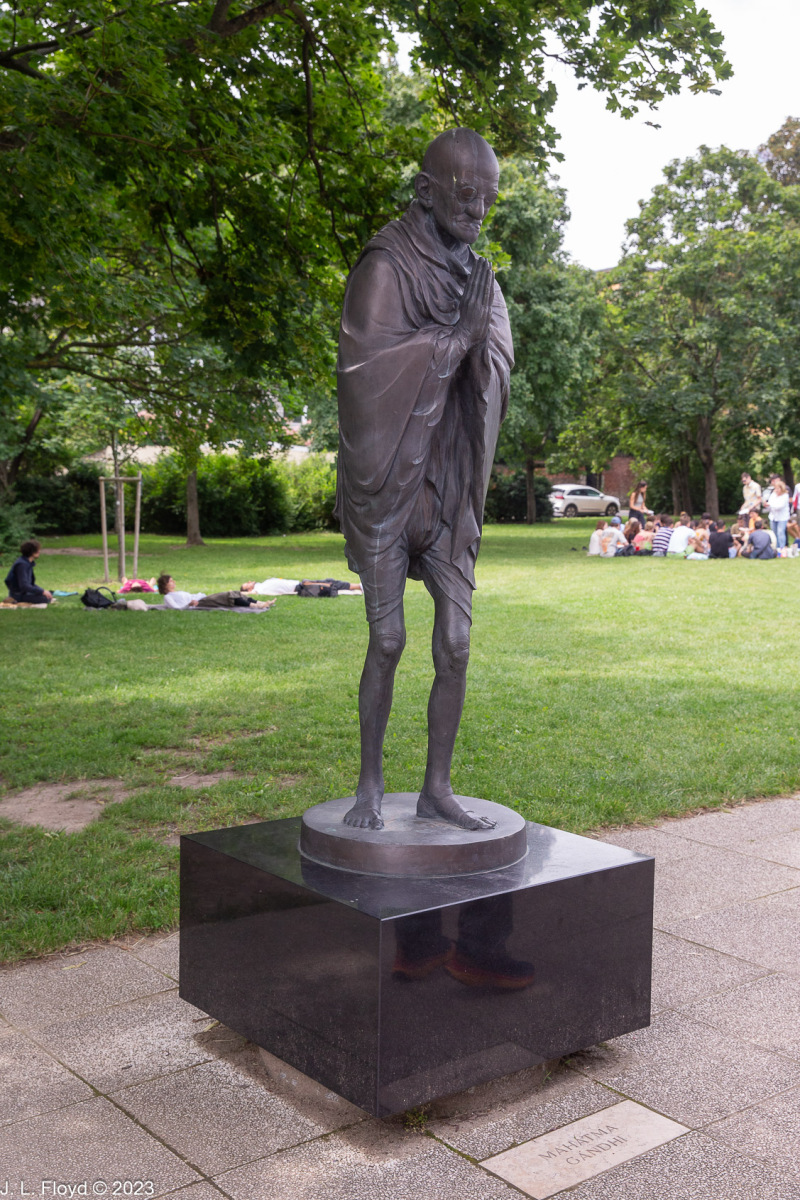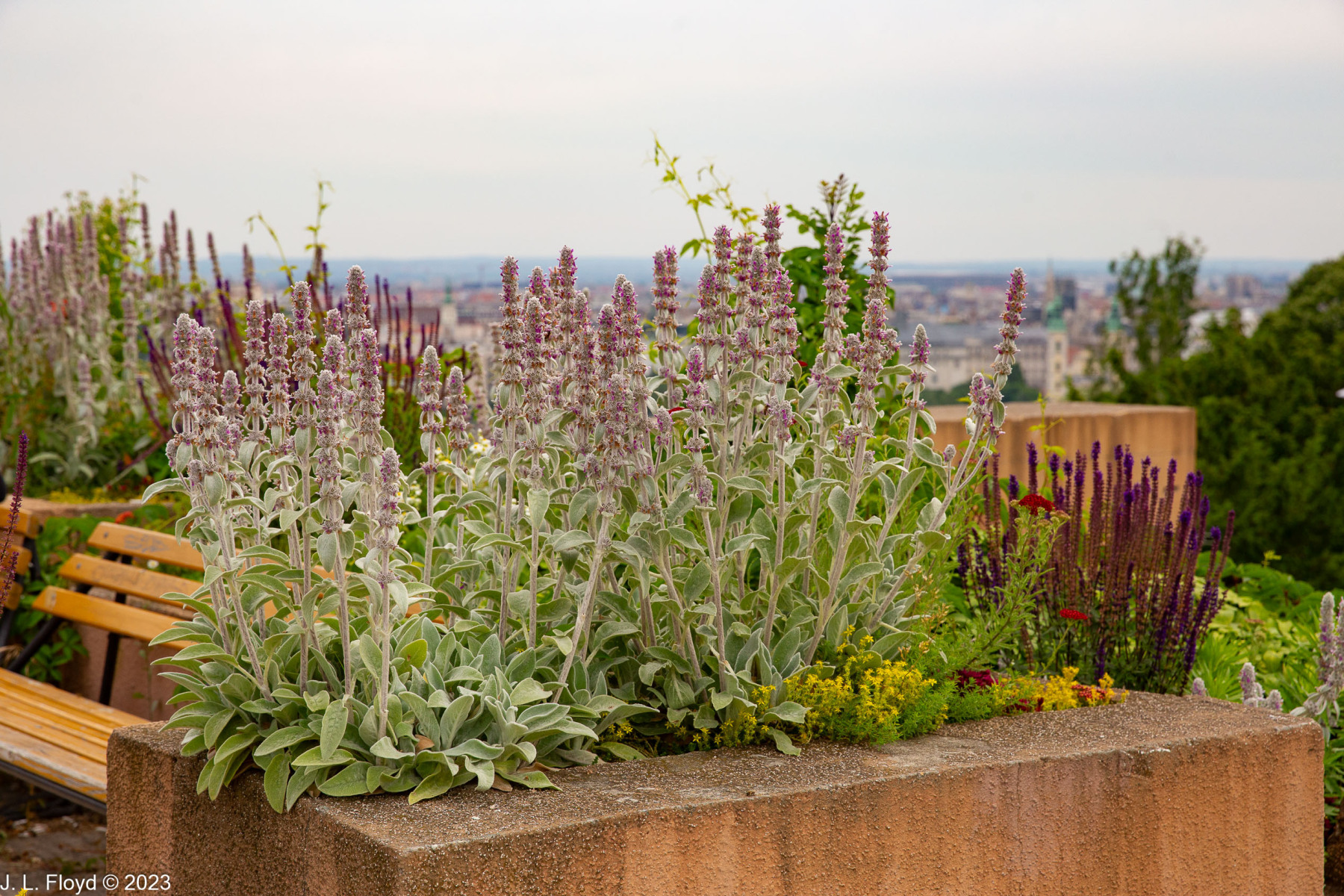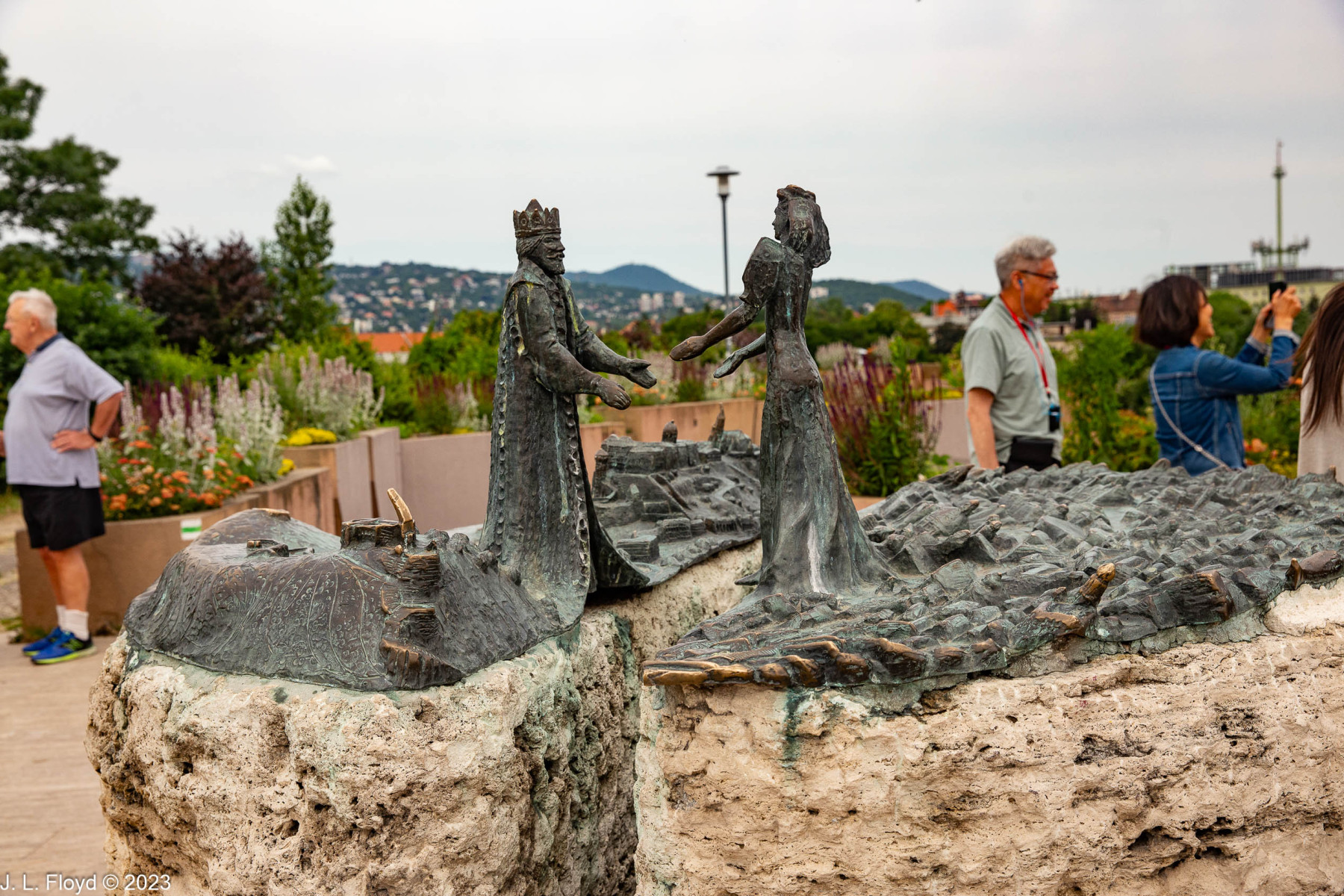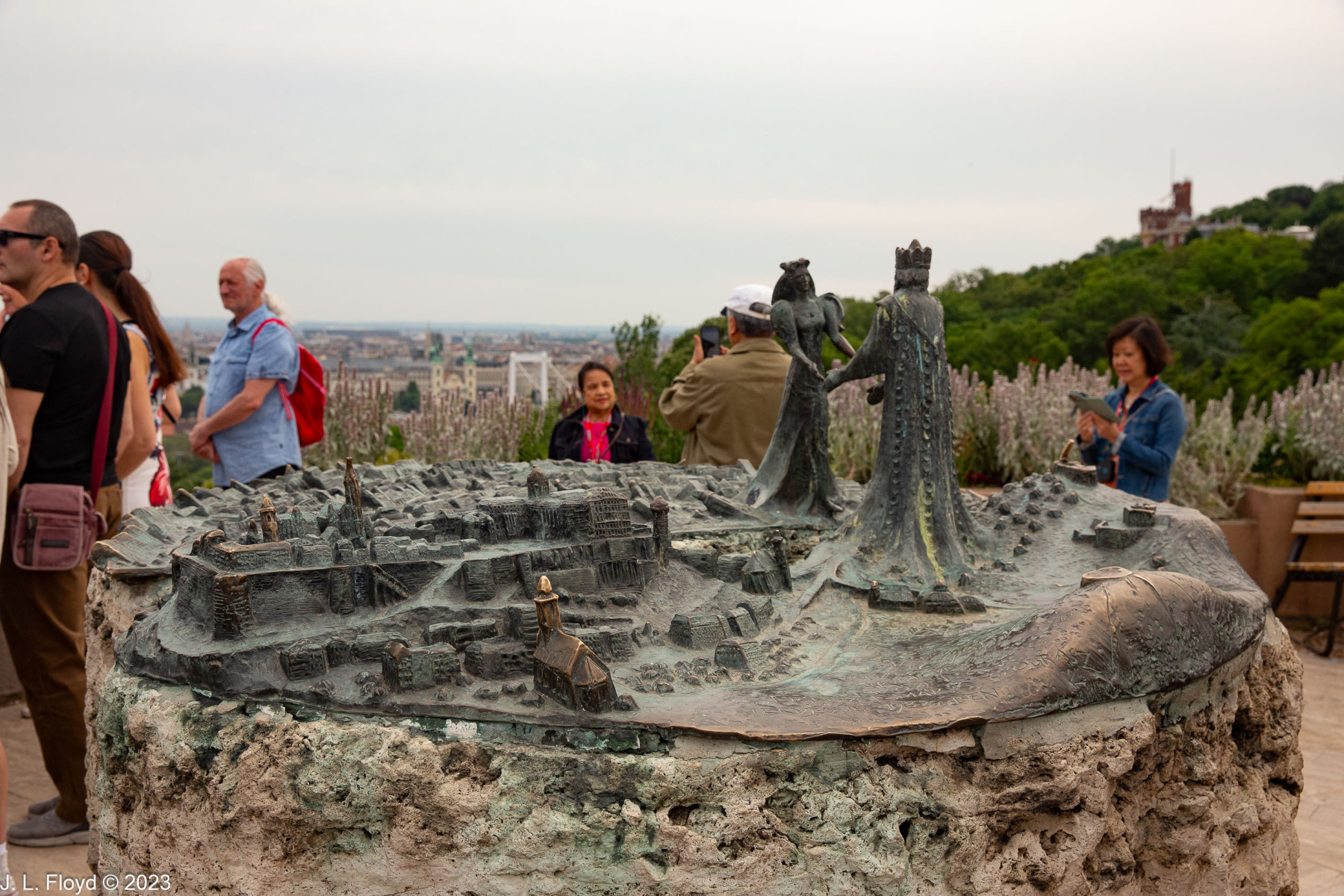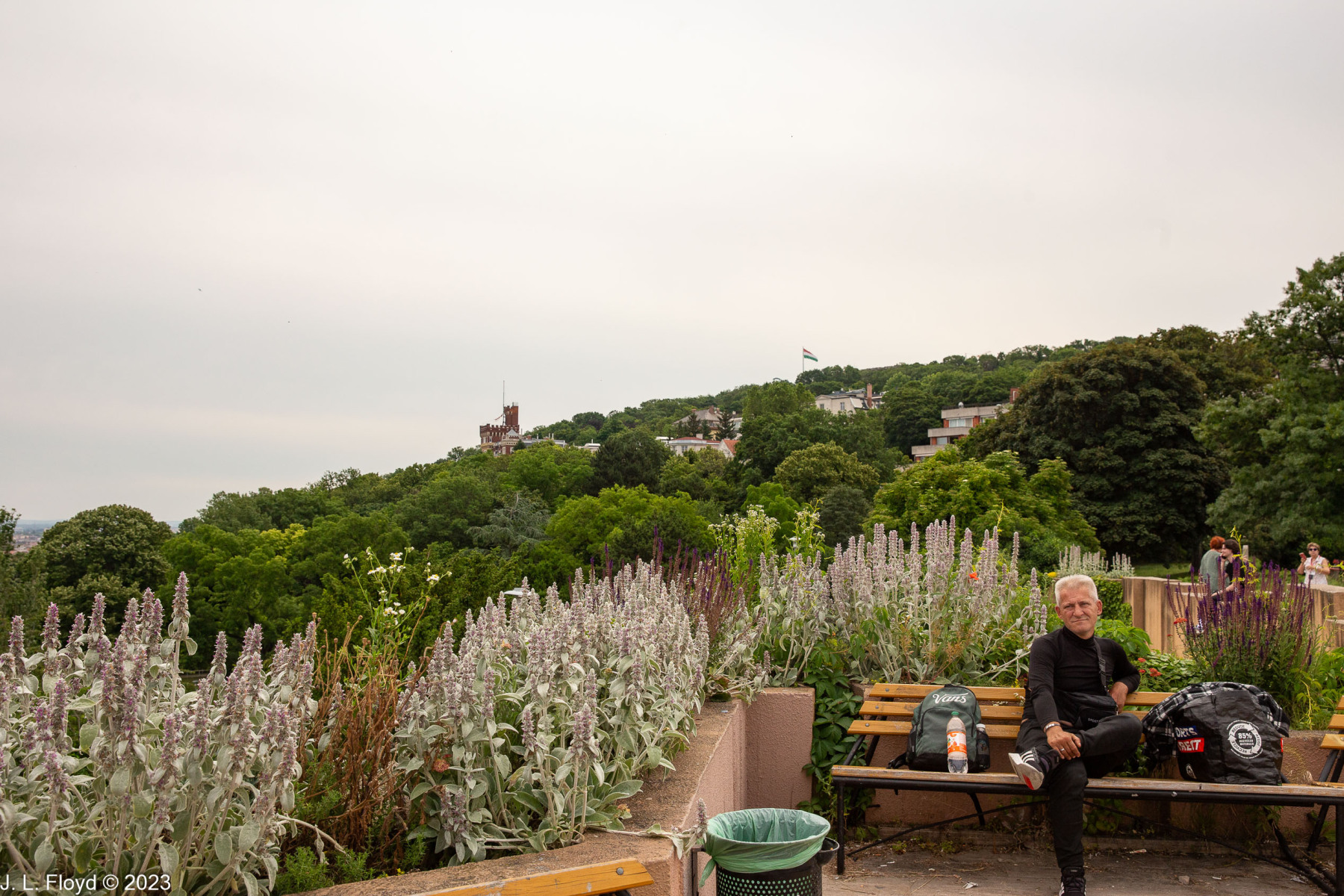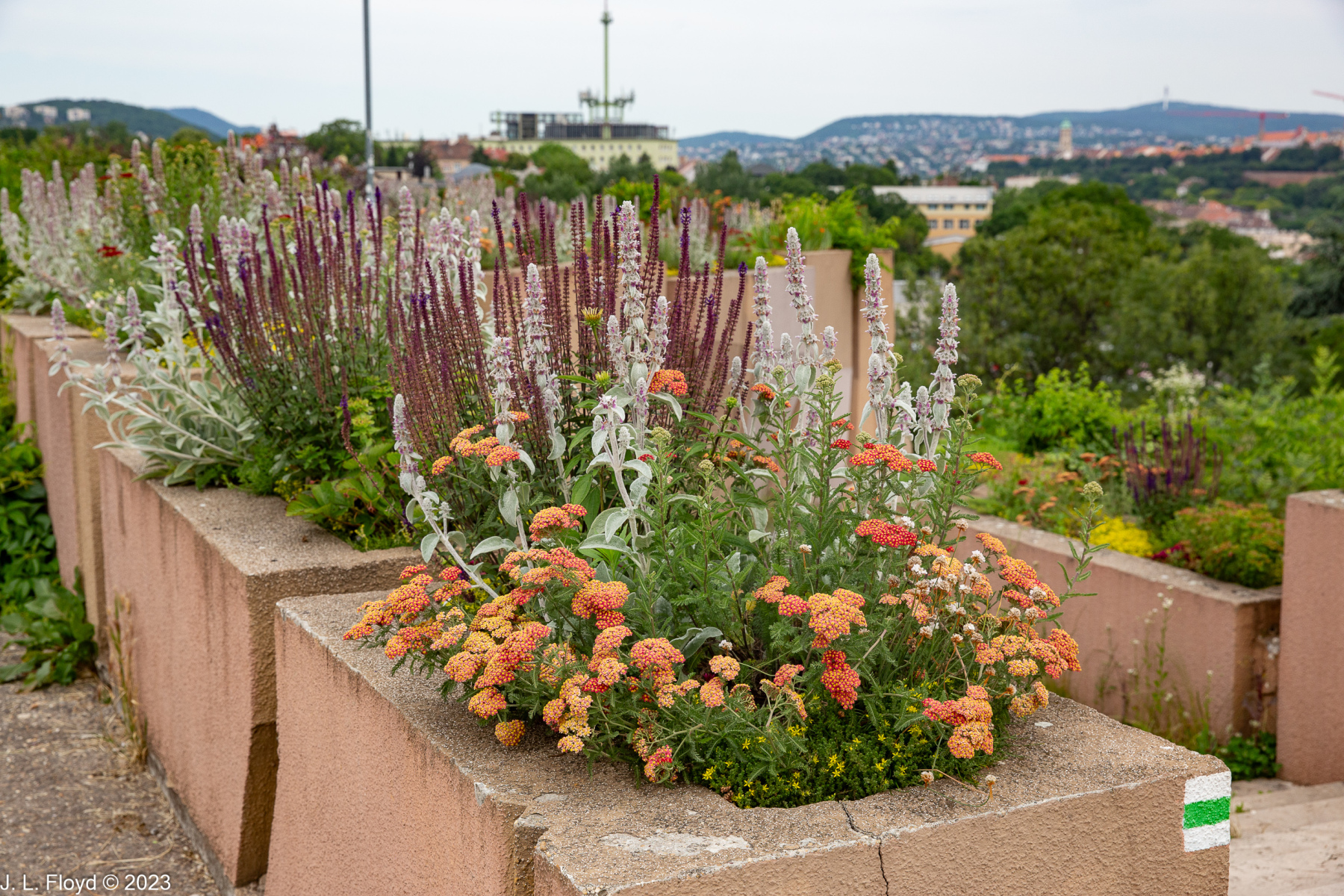The place is inarguably misnamed. When George Bush was asked during the presidential campaign of 2000, “Who is your favorite political philosopher?” he answered, “Jesus Christ.” The answer was clever but inappropriate. Jesus Christ was not a political philosopher; he was a religious leader. He is also one of the figures memorialized in the Budapest Garden of Philosophers (Filozófusok kertje in Hungarian), along with Abraham, Buddha, Laozi, and Akhenaten, Mohandas Gandhi, Daruma Daishi (aka Bodhidharma), and Saint Francis of Assisi, all of whom, with the possible exception of Gandhi, are considered religious leaders rather than philosophers.
But other than the name, the Philosophers’ Garden is a pleasant and edifying place, well worth a visit. It is located on Gellért Hill in Buda, and provides wonderful views of the city, not the least of the reasons for visiting. It’s also a great spot for picnickers, hikers and people who just want to amble around and meditate. Parking is very limited, and I have to commend our bus driver for his amazing parking job in fitting the bus into a space which seemed impossibly small for the vehicle.
The Garden was the brainchild of Hungarian sculptor Nándor Wagner (1922-1997), who emigrated from Hungary following the 1956 revolution and spent the rest of his life in Sweden and Japan. His intent in creating the Garden was to promote mutual understanding among the adherents of the world’s great religions.
The centerpiece of the garden is the ring of five statues surrounding a pool with a silver ball in the center, symbolizing the divine essence. The statues represent what Wagner saw as the founders of the world’s major religions. Why he would include the Egyptian Pharaoh Akhenaten, whose monotheism did not survive, and not Zoroaster and Mohammed, I have no idea. A second group of statues, representing three figures whom Wagner considered to be leaders in fostering spiritual enlightenment, stands in a row outside the first circle. Again, the choice of Gandhi, St. Francis and Daruma Daishi (founder of Zen, one of many schools or sects of Buddhism) seems entirely subjective and whimsical. Wagner planned a third group, consisting of great lawgivers (Hammurabi, Moses, Justinian, and Prince Shotoku of Japan), but he died of cancer before he could complete this project.
The statues have a certain Asian mien to them, perhaps a reflection of the fact that Wagner spent the last 25 years of his life living and working in Japan. Indeed, another version of the statue group was cast and installed in Nakano, Japan.
In April, 2007 thieves made off with the statues of Gandhi, Bodhi Dharma and Saint Francis, probably to sell them for their metal value. The three missing statues were replaced in 2010 by new copies cast in Japan.
Our guide next led us to the top of the hill, where we found another sculptural monument, symbolizing the unification of Buda and Pest into one city in 1873. A prince, personifying Buda, and a princess, personifying Pest, stretch their hands out to one another over the river Danube. The bronze sculpture is the creation of a Hungarian artist named Márta Lesenyei and was installed in 1982.
